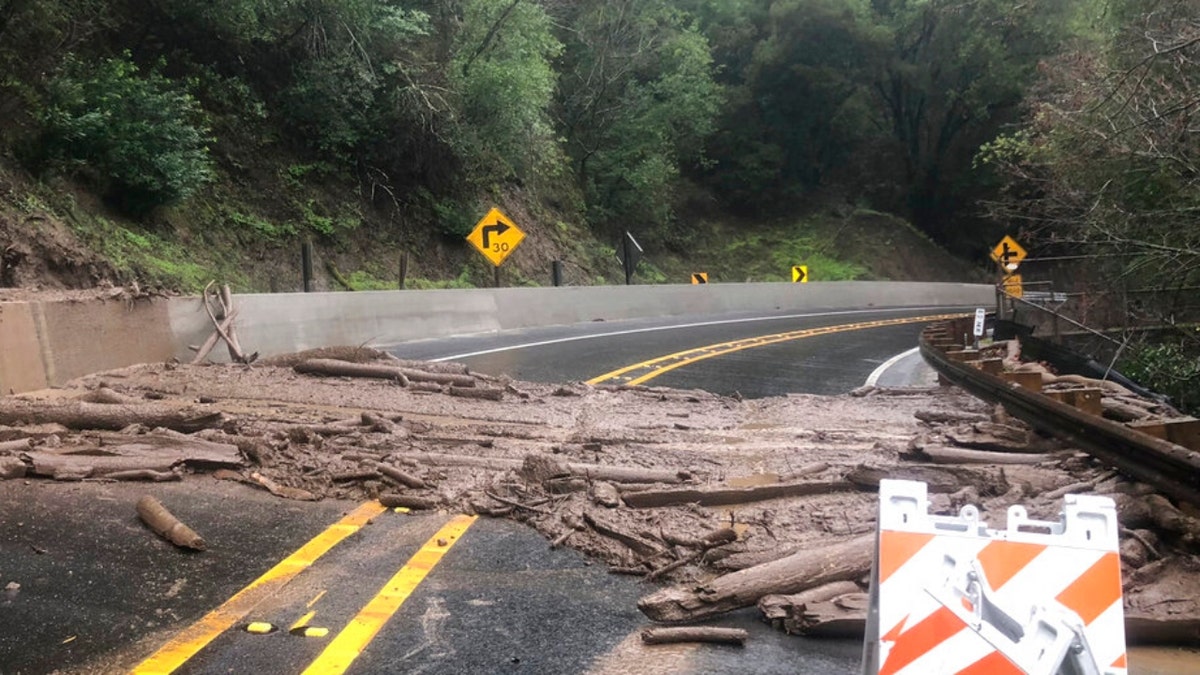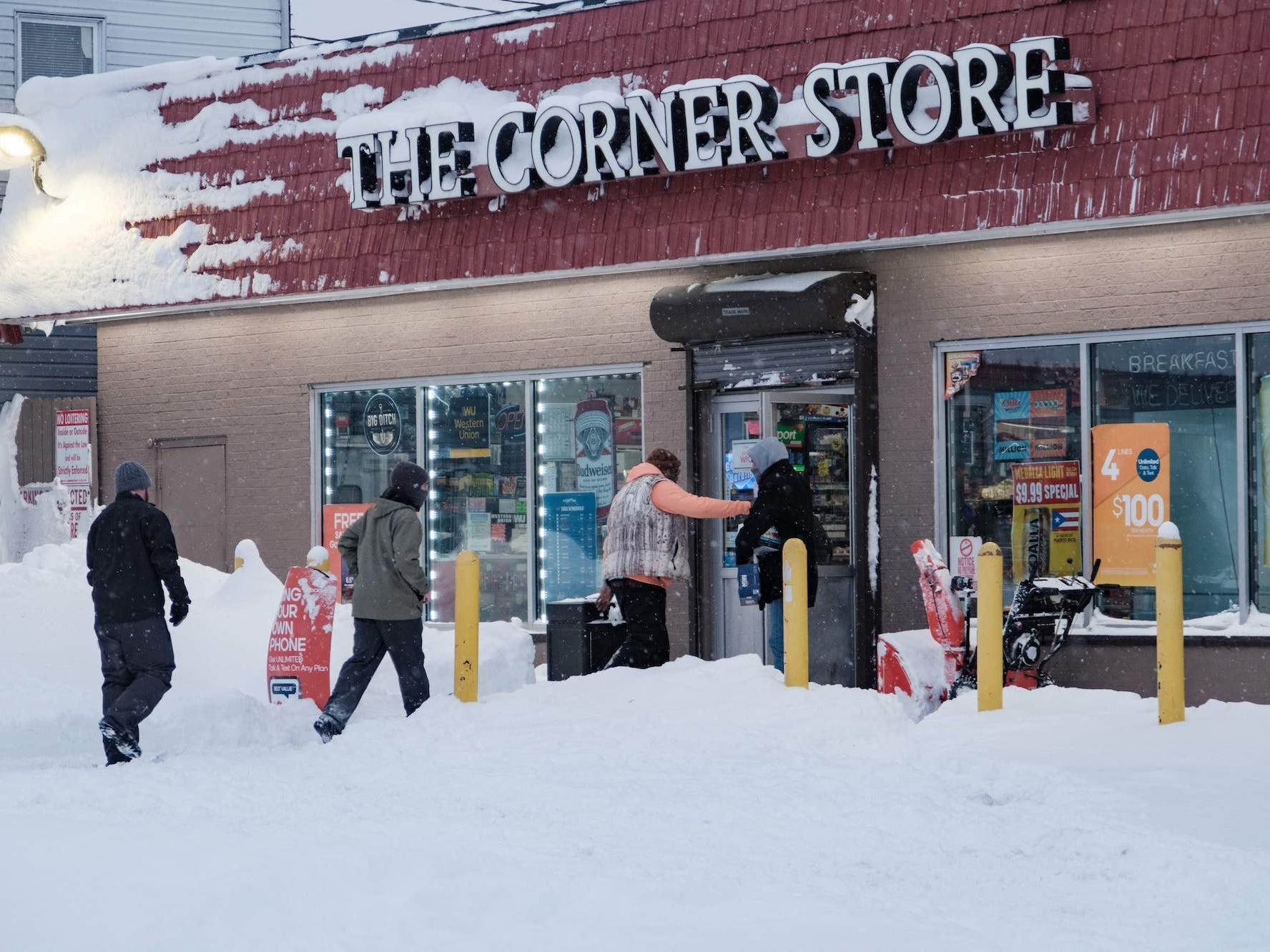Business Insider
President Joe Biden
Samuel Corum/Getty Images
Challenges with inflation, COVID-19, and immigration persisted throughout Biden’s second year as president.
But he made progress on his legislative agenda in Congress, despite Democrats’ razor-thin majorities.
He has also rallied world leaders in support of Ukraine against Russian aggression.
As he ended his first year in office, President Joe Biden was asked by a reporter about a laundry list of problems facing the nation: high inflation, his stalled domestic agenda, COVID-19, and division throughout the nation.
“Why are you such an optimist?” Biden responded, drawing laughter.
A year later, some of those issues persist. Grocery prices are high, gas prices have fallen but have been volatile, and the White House is warning of another COVID-19 winter surge. Biden faces other setbacks, including increasing migrant arrests at the southwest border and failed efforts to to unravel former President Donald Trump’s controversial border policies.
But he has also made progress on his domestic agenda.
His second year in office was marked by historic legislative achievements despite Democrats’ razor-thin majority in Congress. The measures included bills to improve the nation’s infrastructure, reduce prescription drug costs and climate change, boost semiconductor manufacturing, and promote gun safety. He nominated, and the Senate confirmed, the first Black woman to the Supreme Court.
And he rallied world leaders in defense of Ukraine against Russian aggression.
Biden’s approval ratings, though still underwater, have ticked up slightly since the midterm elections, which exceeded expectations for Democrats when predictions of a so-called “red wave” of Republican victories fizzled.
Here are some of the highs and lows from Biden’s second year:
Success: Ukraine
President Joe Biden talks with Ukrainian President Volodymyr Zelenskyy outside the White House.
Kent Nishimura / Los Angeles Times via Getty Images
Russian President Vladimir Putin expected a swift and decisive victory when he ordered an invasion of Ukraine in February 2022. Instead, Russian forces are struggling and Ukrainian President Volodymyr Zelenskyy said his country “is alive and kicking.”
“Against all odds and doom-and-gloom scenarios, Ukraine didn’t fall,” Zelenskyy told members of Congress during a historic visit to Washington, DC, in December.
Biden has led a multinational coalition to support Ukraine and impose sanctions on Russia while the US has provided billions in humanitarian and military assistance, including a Patriot missile battery in December to boost Ukraine’s air defense.
“I’ve spent several hundred hours face-to-face with our European allies and the heads of state of those countries, and making the case as to why it was overwhelmingly in their interest that they continue to support Ukraine,” Biden said during a joint news conference with Zelenskyy.
Biden faced criticism for calling Putin’s actions in Ukraine “genocide” and saying he “cannot remain in power.” Republicans blamed the war on Biden, calling him weak.
Biden could have “tried harder to prevent the war,” wrote Michael E. O’Hanlon of the Brookings Institute in October. But Biden helped lead an economic response that has “cut off most high-tech cooperation between the West and Russia” and “rightly decided that the United States should not directly enter the conflict and risk World War III,” O’Hanlon wrote.
Conservative New York Times columnist Bret Stephens in September called the “staggering gains” by Ukrainian forces “a victory for Joe Biden, too.” Beyond military equipment assistance, he wrote, the US is providing “battlefield intelligence that enables them to maneuver, target, strike and evade in ways they otherwise couldn’t.”
Success: First Black woman to SCOTUS
President Joe Biden congratulates Ketanji Brown Jackson moments after the U.S. Senate confirmed her to be the first Black woman to be a justice on the Supreme Court in the Roosevelt Room at the White House on April 07, 2022.
Chip Somodevilla/Getty Images
Biden’s judicial nominations have promoted diversity on the federal bench, most notably with the historic confirmation of Ketanji Brown Jackson, the first Black woman to serve as a Supreme Court justice.
Jackson won bipartisan support with three Republicans — Sens. Susan Collins of Maine, Lisa Murkowski of Alaska, and Mitt Romney of Utah — joining 50 Democrats to vote in favor of her confirmation.
Her swearing-in represented “a profound step forward for our nation, for all the young, Black girls who now see themselves reflected on our highest court, and for all of us as Americans,” Biden said in June.
Judicial nominations have been a priority for Biden, with more than 90 Article III federal judges confirmed, according to the Federal Judicial Center.
The White House in November said 67% of his nominees were women and 66% were people of color.
Success: Pushing through some bipartisan legislation
As a presidential candidate, Biden was greeted with skepticism by progressives when he touted the virtue of bipartisan dealmaking. But his second year in office ends with trillions of dollars pledged to infrastructure and semiconductor manufacturing.
—President Biden (@POTUS) December 29, 2022
Even Republicans, such as former House Speaker Newt Gingrich, have conceded that many in the GOP underestimated the president, whom right-wing critics taunt as being too old. Instead, the leader some Democrats refer to as “Dark Brandon” continued to sign more deals into law, including the largest gun safety legislation in nearly 30 years and expanded benefits for veterans exposed to toxic environments such as burn pits.
In ceding the spotlight to Congress, Biden has found a way to fulfill a slew of campaign promises.
But it hasn’t been all kumbaya across Washington. Just as with COVID-19 relief, Democrats turned to a budget maneuver that allowed them to pass major priorities — including the largest investment in climate-related programs in US history and major expansion of Medicare’s power to lower drug costs — without a single Republican vote.
Success (mostly): The midterms
Supporters of then-Democratic Senate candidate John Fetterman celebrate on election night in Pittsburgh. Fetterman went on to a flip a seat to Democrats.
Angela Weiss/AFP/Getty Images
Midterms are supposed to humble a first-term president.
But there was no “red wave” in 2022. In fact, Democrats expanded their Senate majority and the number of governorships they control. Republicans did retake the House, but their majority is so slim that it’s still an open question whether House Minority Leader Kevin McCarthy will win enough far-right support to become Speaker of the House.
Like many items on this list, Biden can’t take sole credit.
The Supreme Court’s reversal of Roe v. Wade galvanized a major segment of voters. And like his predecessors — outside of Trump — Biden had a limited presence on the campaign trail.
But he and the White House by all accounts appear vindicated in their branding of far-right Republicans as “ultra MAGA” and election deniers as a fundamental threat to democracy. And, no malarkey, Biden and his allies are delighting in how the fallout has left Trump weakened with GOP leaders calling for him to step aside.
Failure: Free community college, voting rights, and everything else Biden abandoned
President Joe Biden pauses as he speaks to reporters following a rare meeting at the Capitol with Senate Democrats where he implored them to partially kill the filibuster. His efforts failed.
Chip Somodevilla/Getty Images
The filibuster is still alive.
The survival of that procedural Senate hurdle meant a Democratic president was forced to accept that major campaign promises must be either broken or at least severely curtailed.
Candidate Biden stumped repeatedly for tuition-free community college. It was first lady Jill Biden, a longtime community college professor, that marked its demise.
“We knew this wouldn’t be easy,” Jill Biden told a summit of community college leaders in early 2022. “Still, like you, I was disappointed.
It was far from the only major policy that didn’t survive 2022. Democrats’ much-hyped push for voting rights ended in a failed effort to gut the filibuster.
Universal pre-K was included in a sweeping spending plan passed by House Democrats until their Senate colleagues cut that out too. The back-and-forth between the two sides at the Capitol — especially when it involved the views of Sens. Joe Manchin and Kyrsten Sinema — helped kill another Biden pledge to help raise taxes on major corporations.
Even early successes, such as the expansion of the Child Tax Credit, which was credited for a large drop in poverty, weren’t renewed by a divided Congress.
Failure: Immigration
Border Patrol agents transfer Venezuelan and Nicaraguan migrants after they crossed the Rio Grande river from Ciudad Juarez in late December
Herika Martinez/AFP/Getty Images
Legal challenges have been an obstacle for Biden in his attempts to end controversial Trump-era immigration policies at the southern border, including Title 42. The 2020 policy allows the US to expel certain migrants to prevent the spread of COVID-19 and Biden has said the policy’s revocation is “overdue.”
The Department of Homeland Security had been planning a surge of resources for the border in anticipation of Title 42 lifting in December, allowing migrants to make long-delayed cases for asylum.
But the Supreme Court allowed the policy to remain in effect temporarily after Republican-led states argued the states would be harmed by a potential influx of migrants.
Another Trump-era policy known as “Remain in Mexico” is still in effect after a federal judge in Texas paused the administration’s attempt to end it. The policy requires certain non-Mexican citizens to await immigration proceedings in Mexico instead of the US.
Migrants waiting across the border have described a desperate situation, living in encampments with tarp-covered tents in the cold. In December, El Paso’s mayor issued an emergency declaration after thousands of migrants crossed the Rio Grande into the city.
The US Customs and Border Protection agency says it has stopped migrants 2.38 million times at the southwest border for the fiscal year ending in September, compared to 1.73 million for the previous fiscal year.
Republicans routinely call on Biden to visit the border, and some say Homeland Security Secretary Alejandro Mayorkas should be impeached for failures there. The GOP has already vowed to use their power in the House to probe the Biden administration’s handling of the border.
Failure: Inflation
President Joe Biden arrives for an event focused on inflation and the supply chain at the Port of Los Angeles in June.
Evan Vucci/AP
It was supposed to be “transitory.” It wasn’t.
The good news is that Americans are starting to feel relief as inflation has cooled for five months straight.
The bad news is that inflation still hit peaks not seen in 40 years and there’s still no guarantee disaster isn’t looming for the broader economy.
Biden and his team like to point out that the US is far from the only nation that faced record inflation as COVID-19 mostly receded and riddled the world with supply chain disasters.
Some economists, including Clinton Treasury Secretary Larry Summers, argue that Biden made it worse last year by pushing for a $1.9 trillion pandemic relief plan that overheated the economy.
Over time, the administration ramped up pressure on large corporations that it blamed for exacerbating price hikes.
At the pump, gas prices soared as supply-chain issues and Putin’s invasion of Ukraine disrupted the global market. Biden signed off on record releases from the nation’s strategic oil reserves — even though economists said such action wouldn’t provide much relief. Gas prices have since fallen back below their record highs.
The reality is that both issues are difficult for a White House or even Congress to tackle. That’s why now and next year the focus will be on the Federal Reserve, which has aggressively raised interest rates to keep inflation in check — a move the central bank is likely to continue in 2023.
Failure (still lingering): Afghanistan
A Taliban fighter stands guard as a woman walks by him in Kabul in late December.
Ebrahim Noroozi/AP
Biden’s record in the war-ravaged country was mixed in 2022 after his chaotic troop withdrawal in 2021.
In August, he announced that “justice has been delivered” after a drone strike killed Ayman al-Zawahiri, the al-Qaeda leader who oversaw the September 11, 2001 attacks with group founder Osama bin Laden.
The CIA operation in Kabul gave Biden an accomplishment to tout in Afghanistan. But the fallout from his handling of the withdrawal still lingers today.
Thousands of Afghans who worked with the US during the 20-year war remain in the country, fearing retaliation from the Taliban, the militant Islamist group that seized control after the US withdrawal.
A $1.7 trillion federal spending bill that passed Congress in December includes a measure to provide more visas for Afghans who worked with the US, but it omits legislation to provide a pathway to permanent residency for them.
The Taliban has taken severe action against women, including banning female education, most jobs for women, and most freedoms.
Investigating the botched withdrawal is likely to be a priority for Republicans when they take control of the House.
Anthony Cordesman, emeritus chair in strategy at the Center for Strategic and International Studies, said Biden could have done better in handling the collapse of the Afghan government and forces.
“But he inherited a lost cause, a failed and corrupt Afghan government, Afghan forces that could not fight on their own, and a peace process where the previous President had already announced the U.S. would leave on a fixed date,” he wrote in an email. “The war was effectively lost before he took office.”







